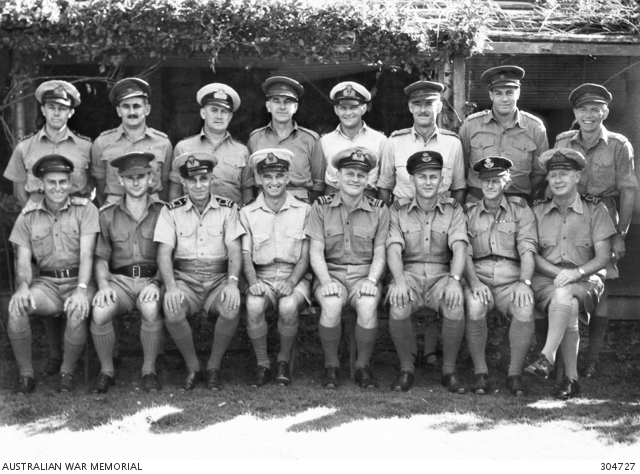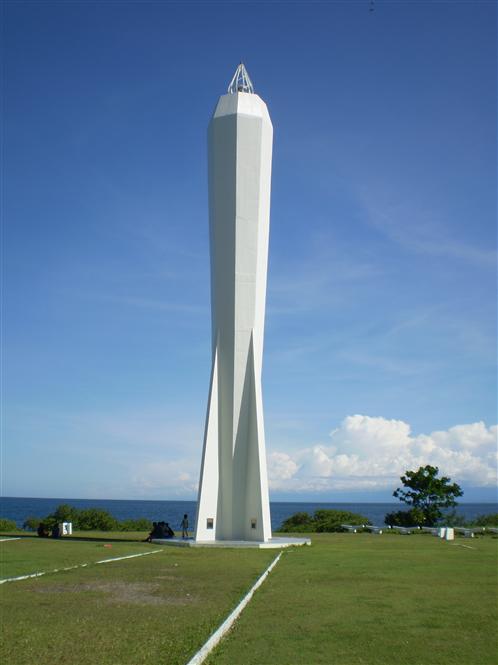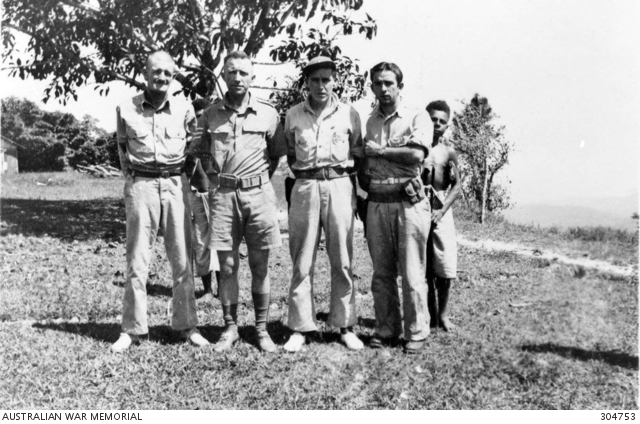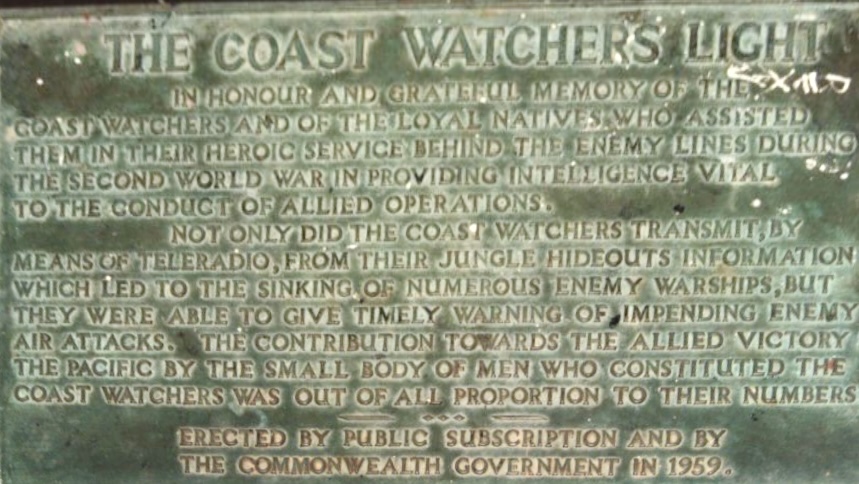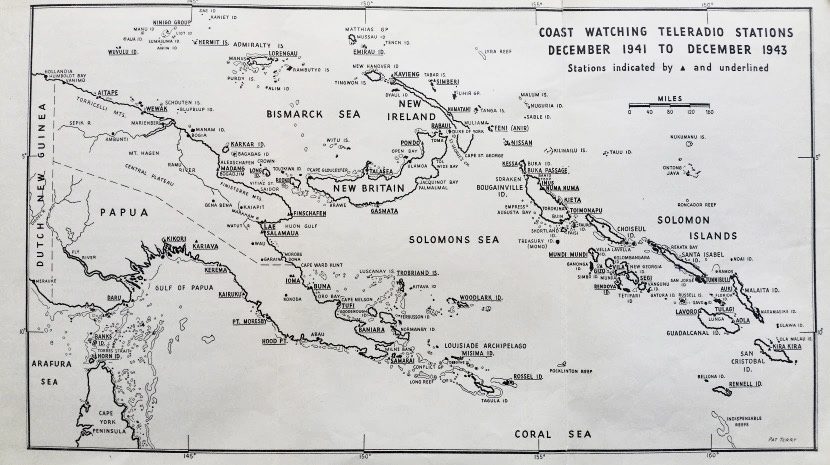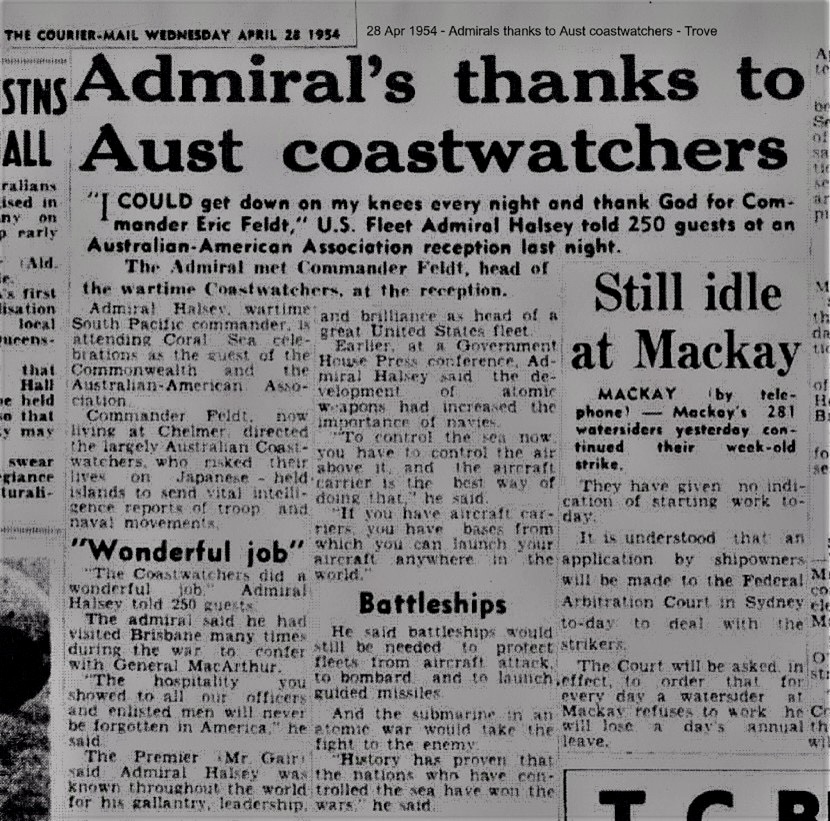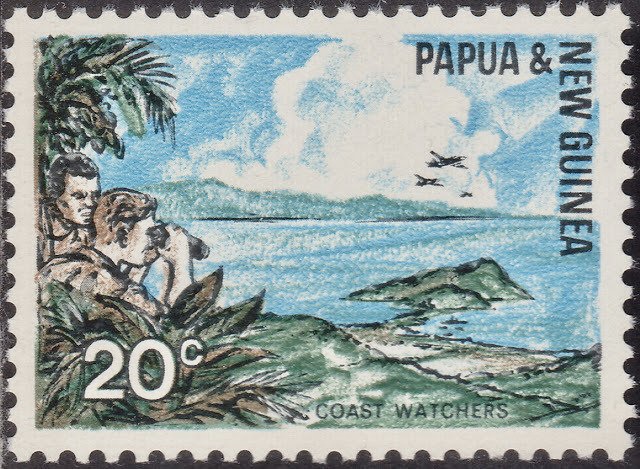Station 12 The eyes and ears of the Pacific Campaign
- See here for the list of Coast Watchers KIA (as listed on the Madang Coast Watchers memorial).
NEW! Hear the audio version of this Station and webpage (1mins 56s).
Audio Player
The Coast Watchers force had its beginning in 1922 when the Royal Australian Navy received approval to recruit a network of unpaid, carefully selected civilians, including merchants, missionaries, planters and public servants who were living or working on or near the coast of the northern mainland of Australia and the islands to our north. The network was established for the purpose of reporting in wartime, any unusual or suspicious happenings along the coast. Initially the headquarters were in Rabaul.
When Japan began its move southward in January 1942, the network was enlarged. More people with local knowledge were recruited as well as personnel from the Australian armed forces. Such men were Lieutenants Jack Read and Paul Mason who, from their positions on Bougainville, were able to alert the US forces at Guadalcanal, when Japanese aircraft and ships were heading south to the American positions.
The network spread from mainland Australia to Papua New Guinea, New Britain, New Ireland, the Solomons, New Hebrides and later to Fiji. It was absorbed into the Allied Intelligence Bureau which decided to replace personnel in previously over-run or abandoned positions, many still occupied by the Japanese. These men were landed at various vantage points, mostly at night, to observe and report by radio, movements of enemy shipping, planes and troops and any other information deemed important.
Most of them were helped by the indigenous people in the area where they operated despite the threat of instant reprisal if they were discovered. Some of our men were accidentally betrayed and taken prisoner which earned them instant execution. Theirs was a lonely death, not in the company of comrades in battle, but alone against a brutal enemy.
The names of many of the Coast Watchers who died are recorded on the only other memorial to them which is located at Madang. Details about this memorial, its dedication and inscriptions can be viewed here. The memorial is listed on the DVA Overseas Memorial database.
+ READ MORE

